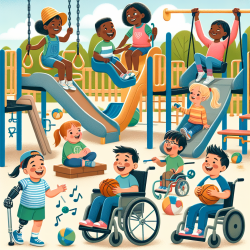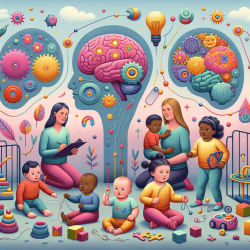Introduction to Special Education in North Dakota
In North Dakota, the Individualized Education Program (IEP) is a critical tool for ensuring that students with disabilities receive the education they deserve. The IEP process is a collaborative effort involving educators, parents, and specialists, all working together to create a tailored educational plan that meets the unique needs of each student.
Understanding the IEP Process
The IEP process begins with a thorough evaluation to determine eligibility for special education services. Once eligibility is confirmed, the IEP team, including parents, teachers, and specialists, convenes to develop a comprehensive plan. This plan outlines the student's current performance, sets measurable annual goals, and specifies the special education and related services required to achieve these goals.
Key Components of an IEP
- Present Levels of Academic Achievement and Functional Performance (PLAAFP): This section provides a snapshot of the student's current abilities and challenges.
- Annual Goals: These are specific, measurable objectives that the student should achieve within a year.
- Special Education Services: Detailed descriptions of the educational interventions and support services the student will receive.
- Participation in Assessments: Plans for how the student will participate in district-wide and state assessments, with necessary accommodations.
Ensuring a Collaborative Approach
Collaboration is at the heart of the IEP process. Parents play a vital role, providing insights into their child's strengths and needs. Educators bring their expertise in curriculum and instruction, while specialists offer additional support and resources. This team approach ensures that the IEP is a living document, adaptable to the student's evolving needs.
The Role of the North Dakota Department of Public Instruction
The North Dakota Department of Public Instruction provides guidelines and resources to support the development and implementation of effective IEPs. They emphasize the importance of early intervention, access to the general education curriculum, and the use of scientifically based instructional methods.
Conclusion
The IEP process in North Dakota is designed to provide students with disabilities the opportunity to succeed in the educational environment. By understanding and actively participating in the IEP process, parents and educators can ensure that students receive the support they need to thrive.
For more information, please follow this link.










